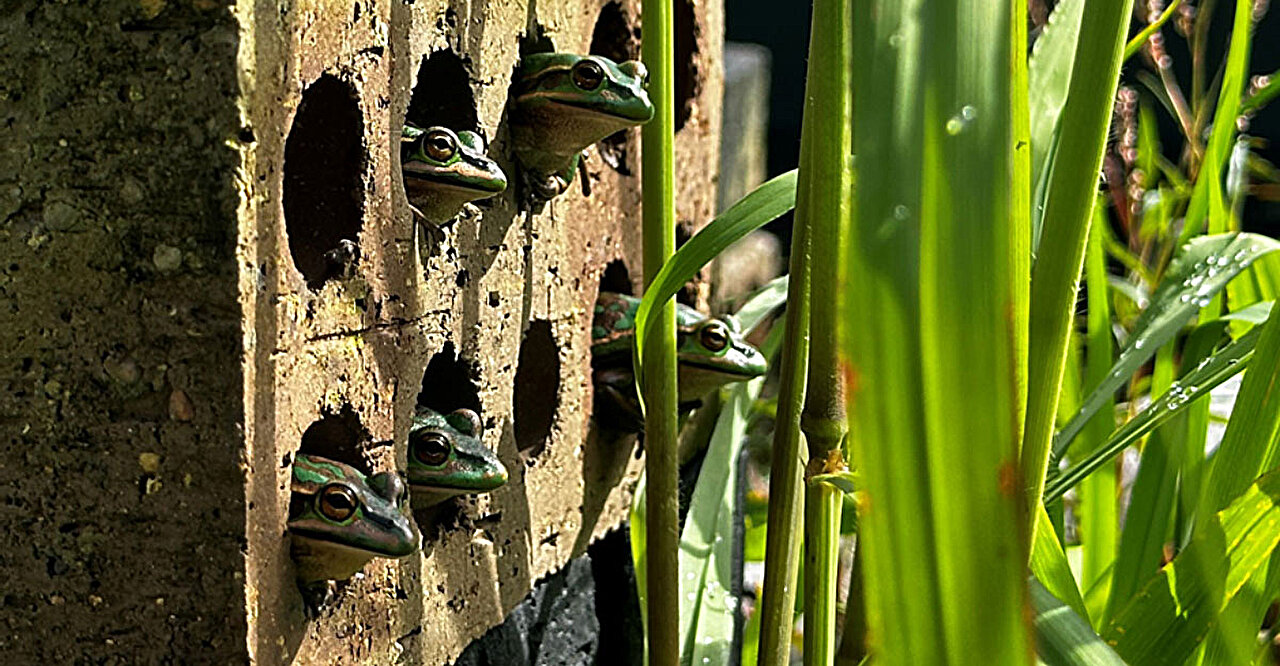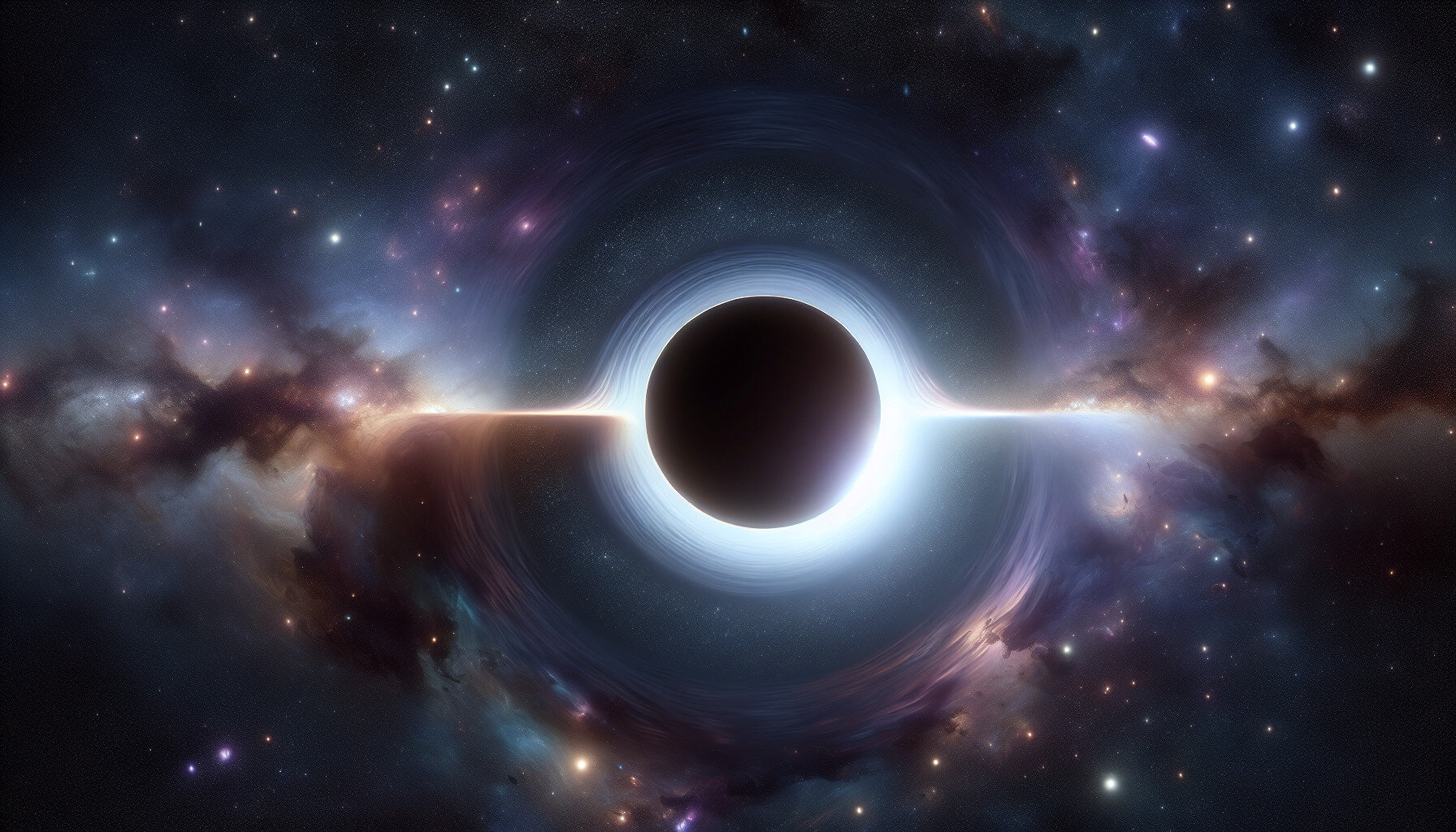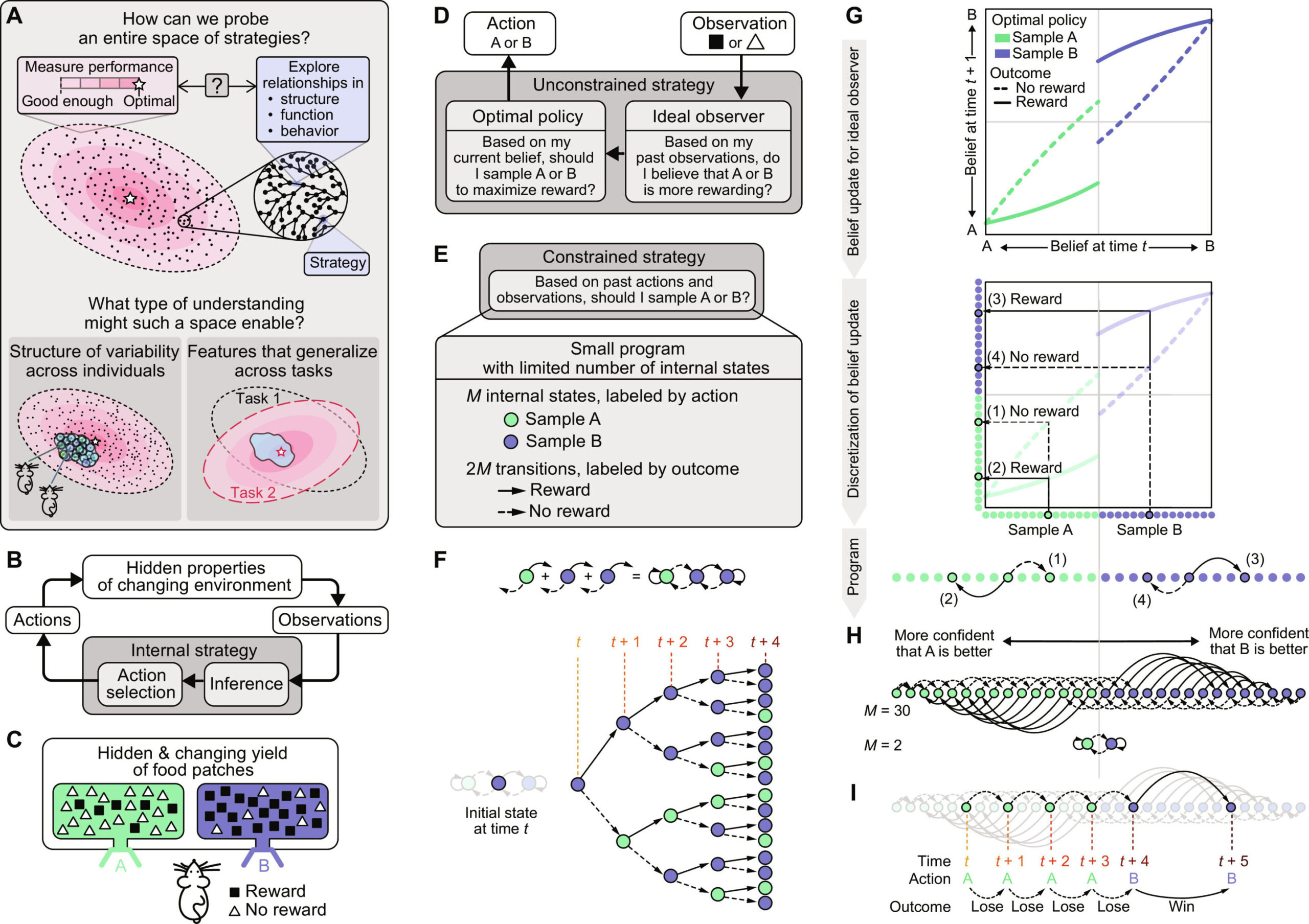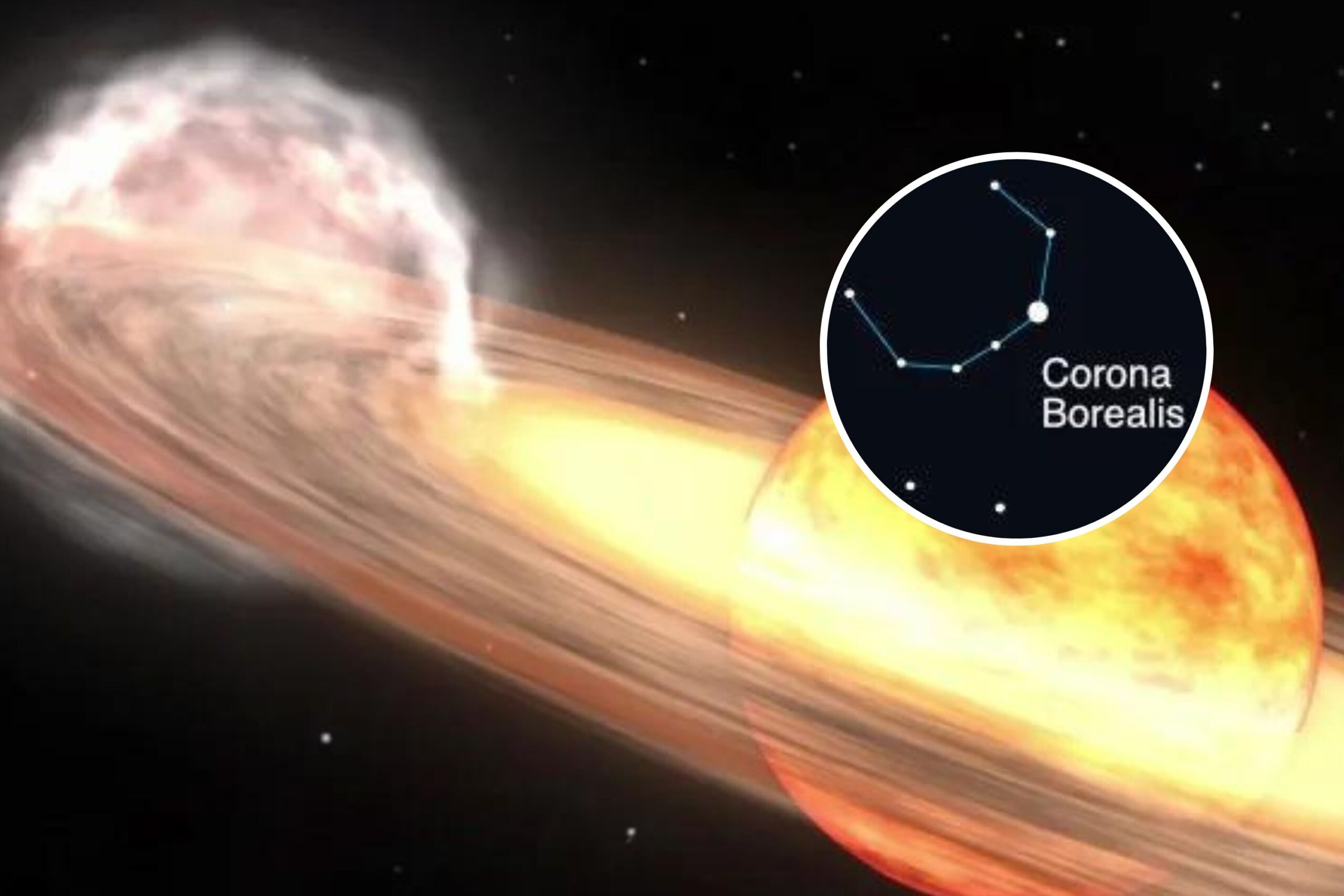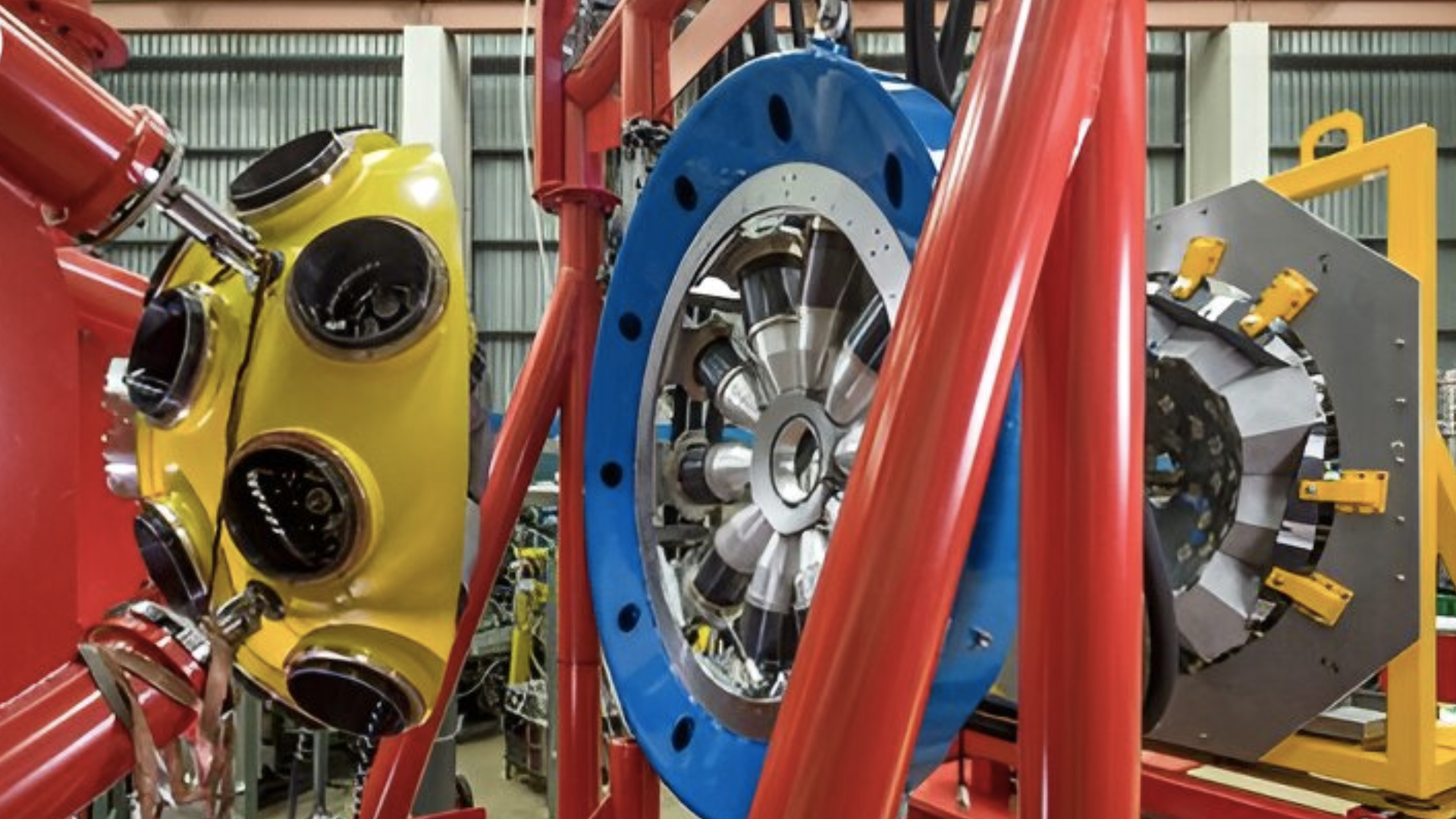Researchers tackle the ocean paradox with 55 liters of fluorescent dye
A special high-speed winch that the researchers used to quickly raise and lower instruments to track the movements of the dye underwater. Credit: San Nguyen. Credit: San Nguyen For the first time, researchers from UC San Diego’s Scripps Institution of Oceanography led an international team that directly measured cold, deep water upwelling via turbulent mixing … Read more

